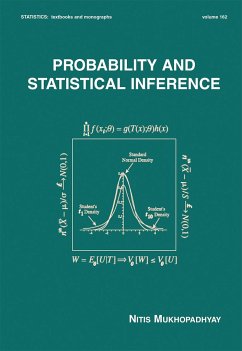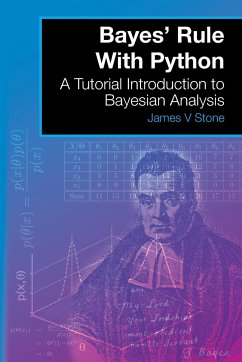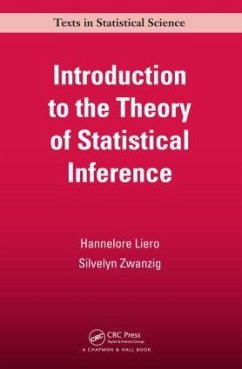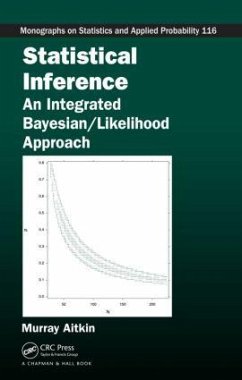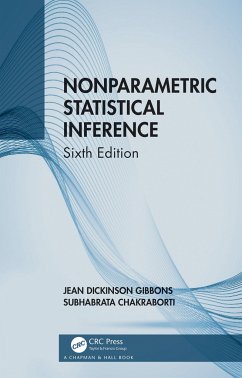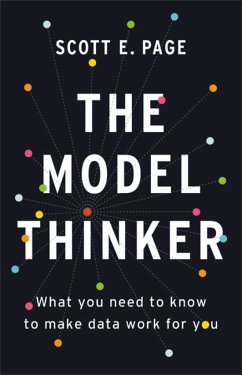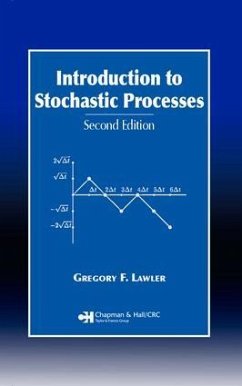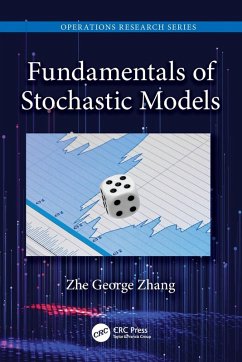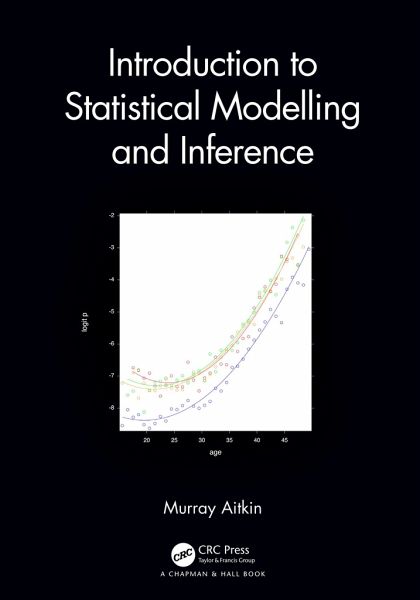
Introduction to Statistical Modelling and Inference
Versandkostenfrei!
Versandfertig in 1-2 Wochen
132,99 €
inkl. MwSt.
Weitere Ausgaben:

PAYBACK Punkte
66 °P sammeln!
The book is based on the model-based theory, used widely by scientists in many fields. It covers simple experimental and survey designs, and probability models up to and including generalised linear (regression) models and some extensions of these, including finite mixtures.





